
It’s all in the atmosphere: Exploring planets orbiting distant stars
The red hue of the Moon during a total lunar eclipse gives astronomers a clue on how to find out more about the planets being discovered around other stars.

The red hue of the Moon during a total lunar eclipse gives astronomers a clue on how to find out more about the planets being discovered around other stars.
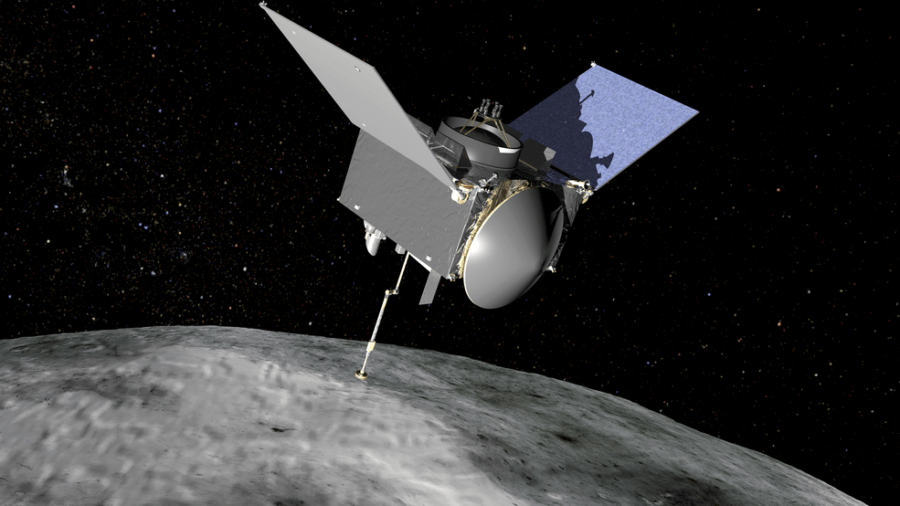
There’s a one in 2500 chance that it will hit – but we won’t be around to see it.
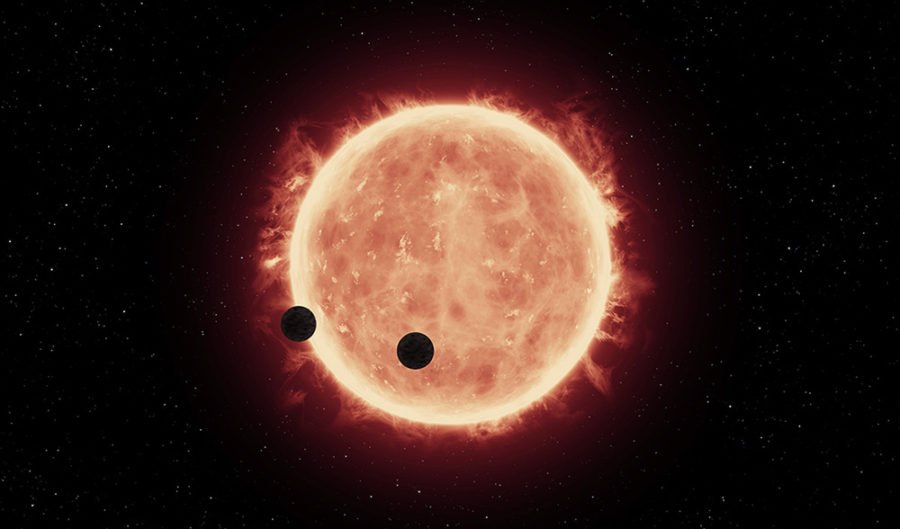
NASA’s Hubble telescope has made the first atmospheric study of two Earth-sized planets outside our Solar System.
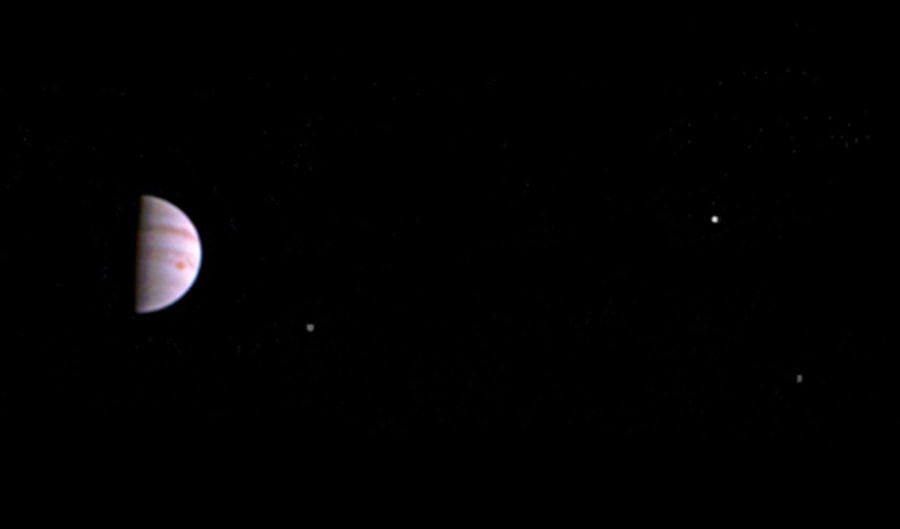
This is the first in-orbit view from JunoCam, taken when NASA’s Juno spacecraft was 4.3 million kilometres from Jupiter.

From NASA astronauts to a Nobel Prize-winning astronomer and one of the world’s leading radio telescopes, Australia has an impressive record when it comes to space science and technology.
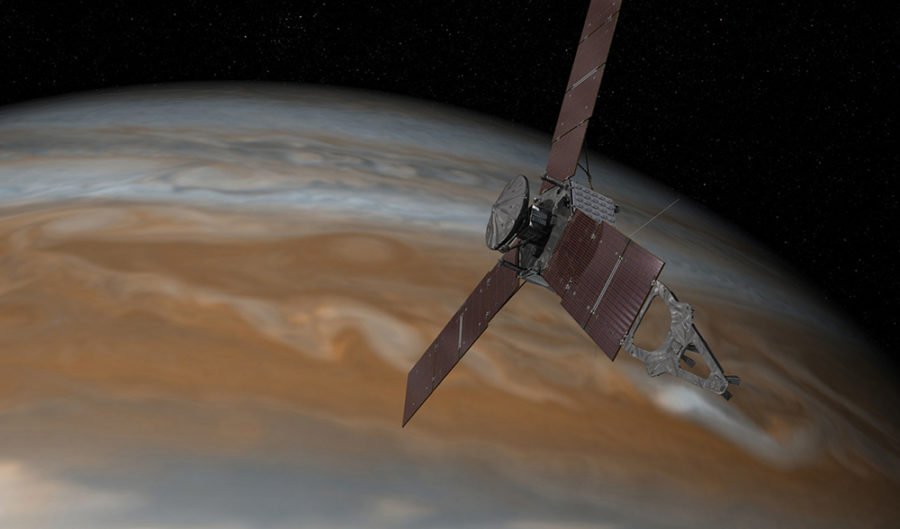
Juno’s visit to Jupiter promises to pick up on many of the unsolved mysteries that still remain in understanding of the Jovian system.
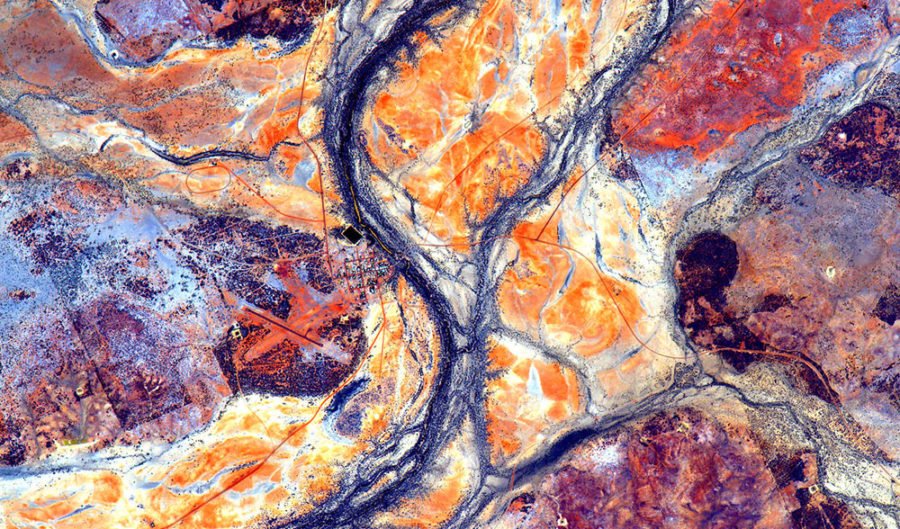
American astronaut Scott Kelly colour-enhanced 17 images he took during a flyover of Australia aboard the International Space Station in October 2015. The results are painterly and abstract visions of the landscape. Try and guess the locations, or just enjoy the view.
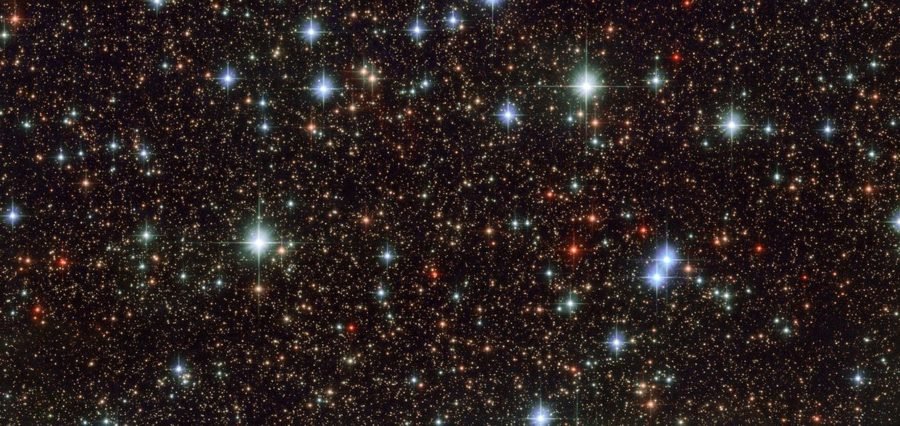
NASA has released a stunning, star-studded photo of the constellation Sagittarius.
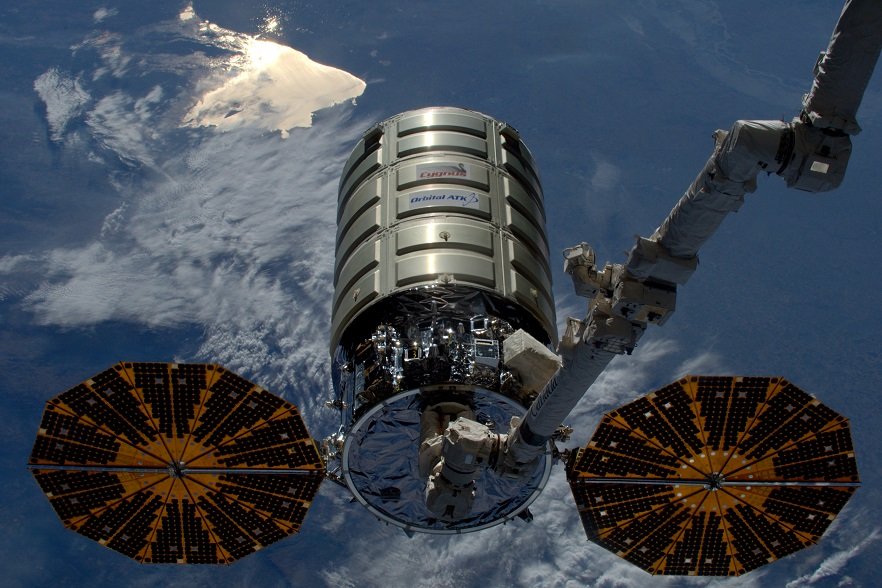
NASA has intentionally ignited a large fire in space to inform safety procedures for future deep space exploration.

The Rosetta mission has released the latest incredible image of what a ‘cometscape’ looks like, 510 million kilometres from Earth.